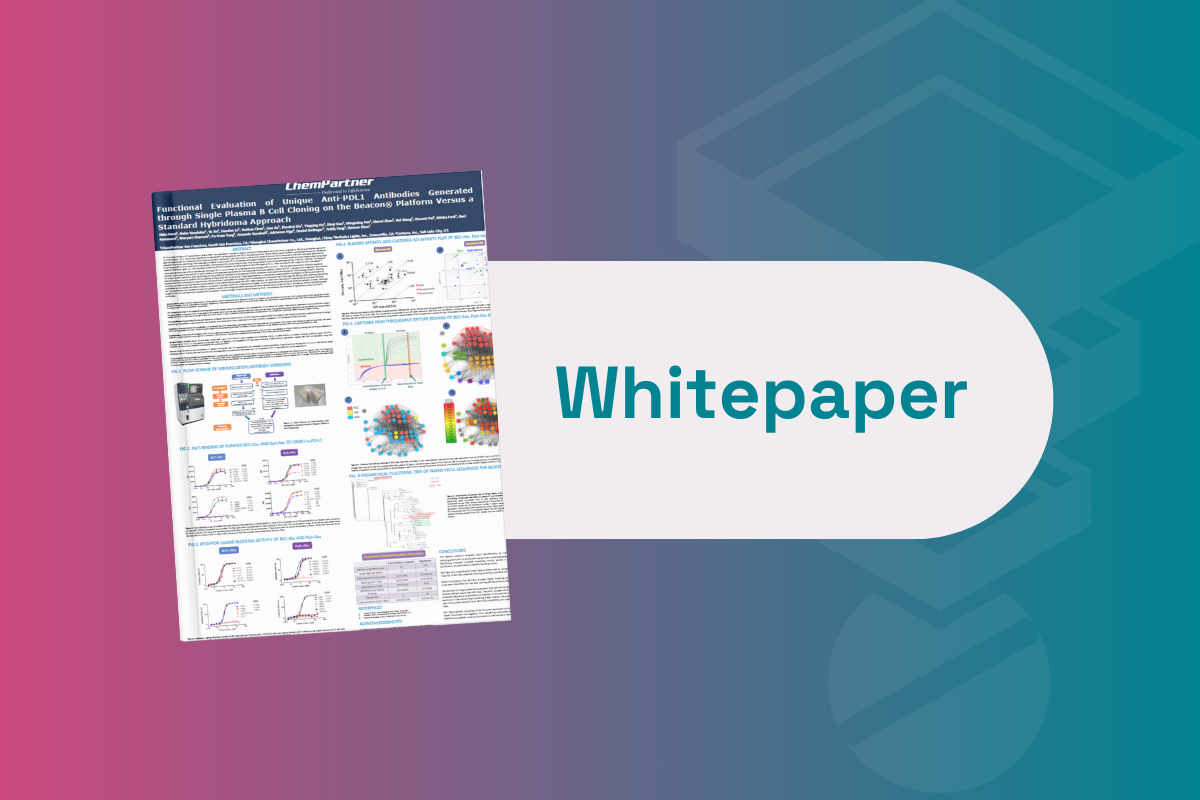Building Partnerships & Fostering An Inter-Disciplinary Approach In The Fight Against Anti-Microbial Resistance
.jpg)
Previously, pharmaceutical companies were focused on developing antibiotics however, many key players are now exiting this space. Antibiotics are used in short-term treatment, whereas the most profitable treatments address chronic conditions. Combining this with the overuse of antibiotics is hindering the uptake of antimicrobial treatment by biotechnology and pharma companies.
However, antimicrobial resistance (AMR) accounted for 1.27 million deaths in 2019. AMR impacts all areas of the world, but this phenomenon is often exacerbated by poverty and inequality, so it is more prominent in low- and middle-income countries. Currently, there is only a small pipeline of new treatments to tackle antibiotic-resistant bacteria, which may not be enough to combat antimicrobial-resistant agents.
The COVID-19 pandemic illustrated the need for pandemic preparedness and the adoption of policy for sustainable anti-infective medical countermeasures. Furthermore, discovering new antimicrobials is not the only priority: educating and training the next generation of researchers is equally important in tackling antimicrobial resistance.
While AMR is receiving less attention than experts would like, several initiatives have been implemented to tackle this silent crisis. For example, Eli Lilly recently signed an agreement with OpenAI to use generative AI technology to develop novel anti-microbial agents to combat drug-resistant pathogens.
Generative AI has the potential to speed up the discovery of novel antimicrobials and the development of customised technologies which will bode well in the fight against drug-resistant pathogens.
Related:
- Novo Nordisk Foundation and NVIDIA to Launch a State-of-the-Art National AI Research Centre
- University of Pennsylvania and FAST to Develop AAV Gene Therapy for Angelman Syndrome
- Advancing Drug Discovery Through Innovative Technologies & Strategic Collaboration
This partnership is in line with Eli Lilly's earlier commitment which started in 2020 when it pledged $100 million to the AMR Action Fund. The $1billion fund aims to bring between 2 and 4 new antibiotics to patients by 2030.
Furthermore, at the University of Warwick, two infectious disease experts have been chosen to be policy fellows as part of a wider Japan-UK collaboration to tackle the growing crisis of AMR. Dr Alicia Demirjian, Clinical Lead for Antimicrobial Resistance & Prescribing at the UK Health Security Agency, and Dr Nobuaki Matsunga, Chief of the Division of Clinical Epidemiology at the National Centre for Global Health and Medicine, will join a Fellowship programme run by the Institute of Development Studies (IDS) and the National Graduate Institute of Policy Studies (GRIPS).
The IDS and GRIPS oversee the partnership's work on policy. The two selected fellows will work with the UK Health Security Agency and Japan's National Centre for Global Health and Medicine to build mutual understanding and new ways that academics, scientists, pharmaceutical companies, and governments can collaborate.
Demirijan outlined the importance of a multidisciplinary approach to AMR: "My aim is to align government, academic, and industry objectives to facilitate the discovery and development of new antimicrobial agents."
Engaging scientists with policy makers, development experts, social scientists, scientists, and legislators will foster a collaborative approach and provide holistic solutions towards overcoming the issues of AMR. In 2019, The UK Government published its 20-year vision for antimicrobial resistance; this ambitious plan aims to control and contain AMR by 2040. Overall, these efforts show that the increased movement toward multidisciplinary approaches is essential in overcoming the pressing issue of anti-microbial resistance.







